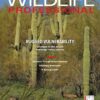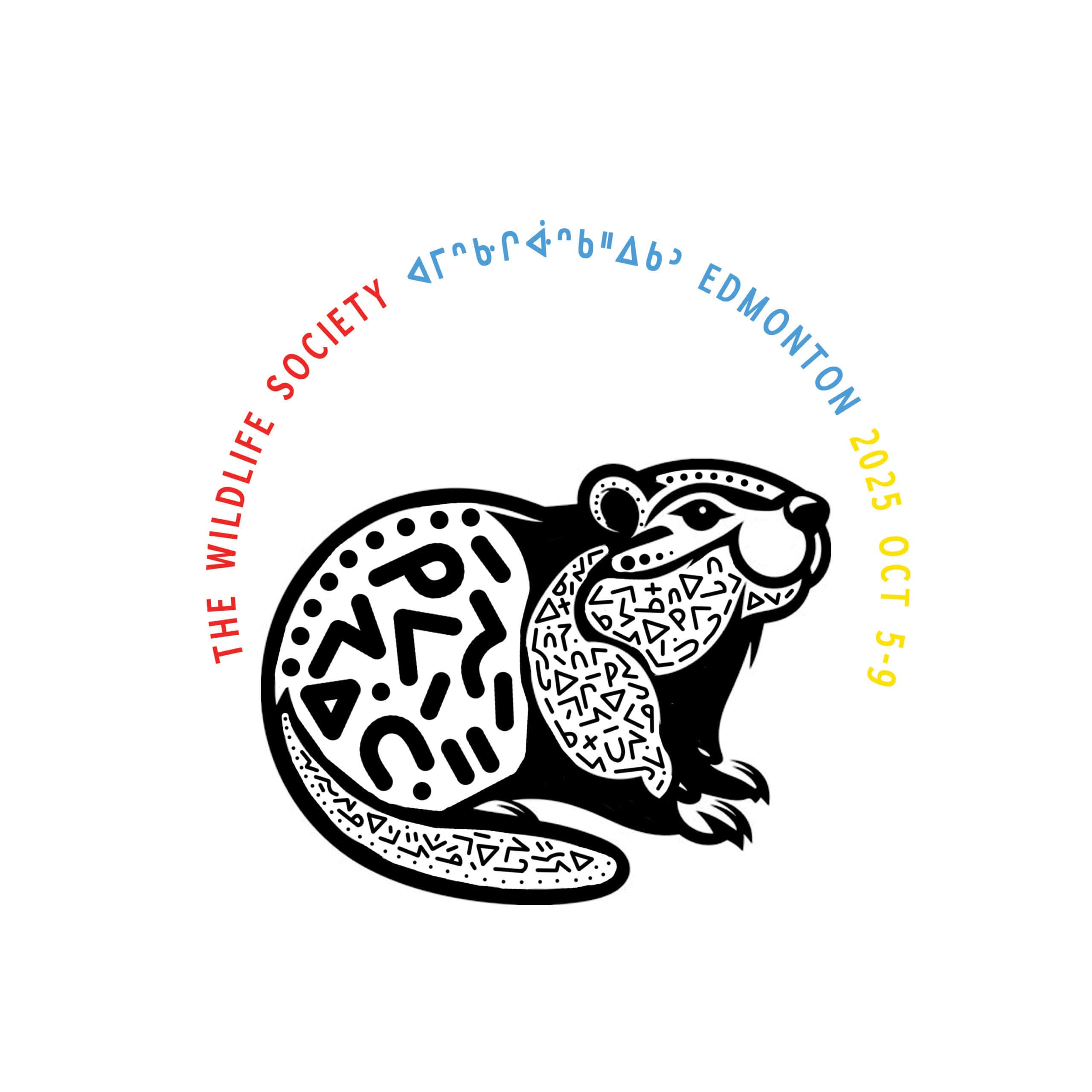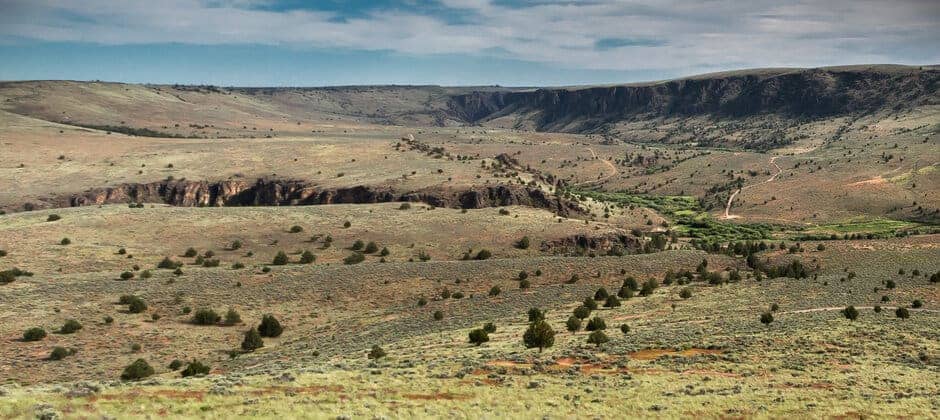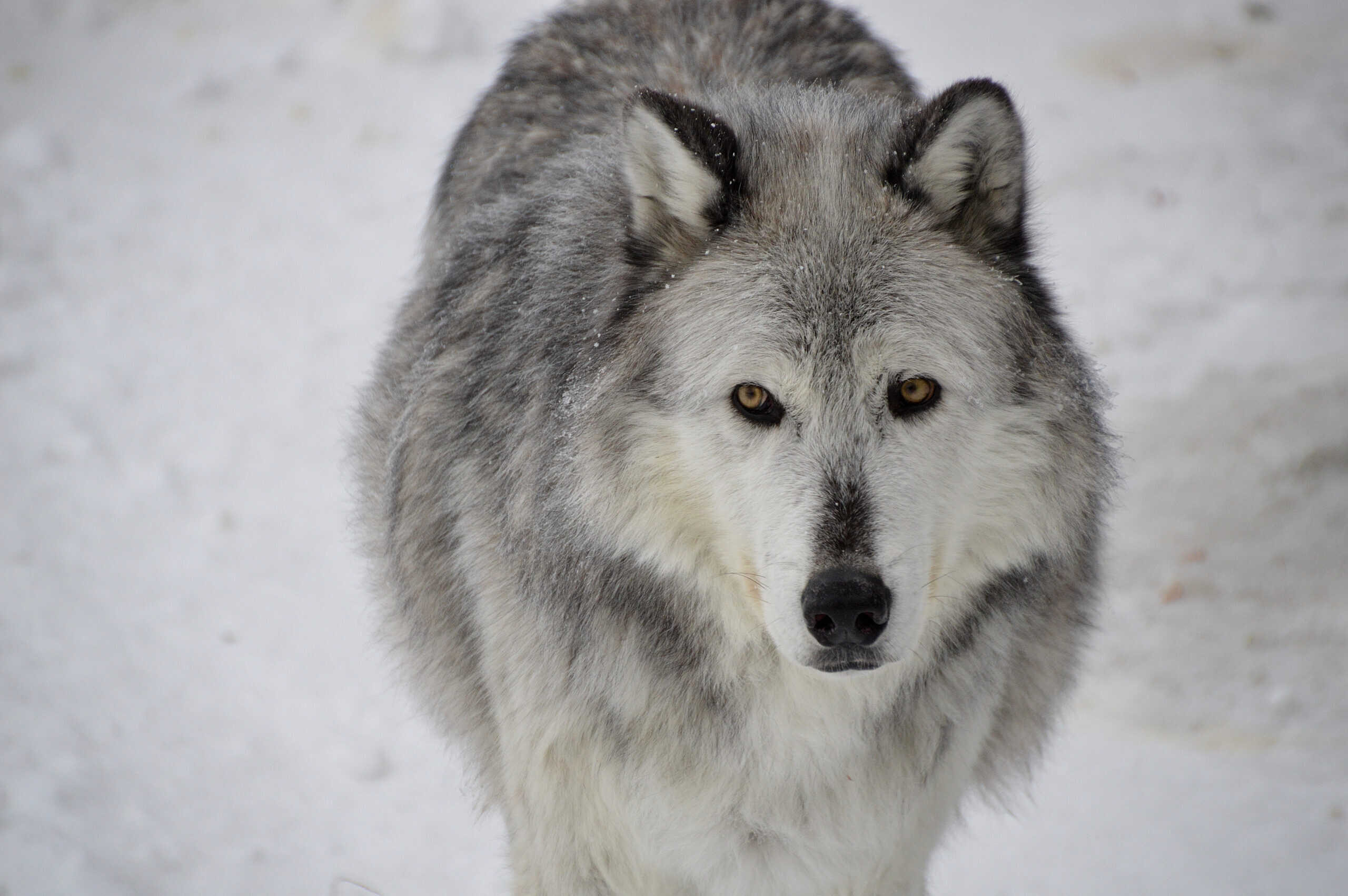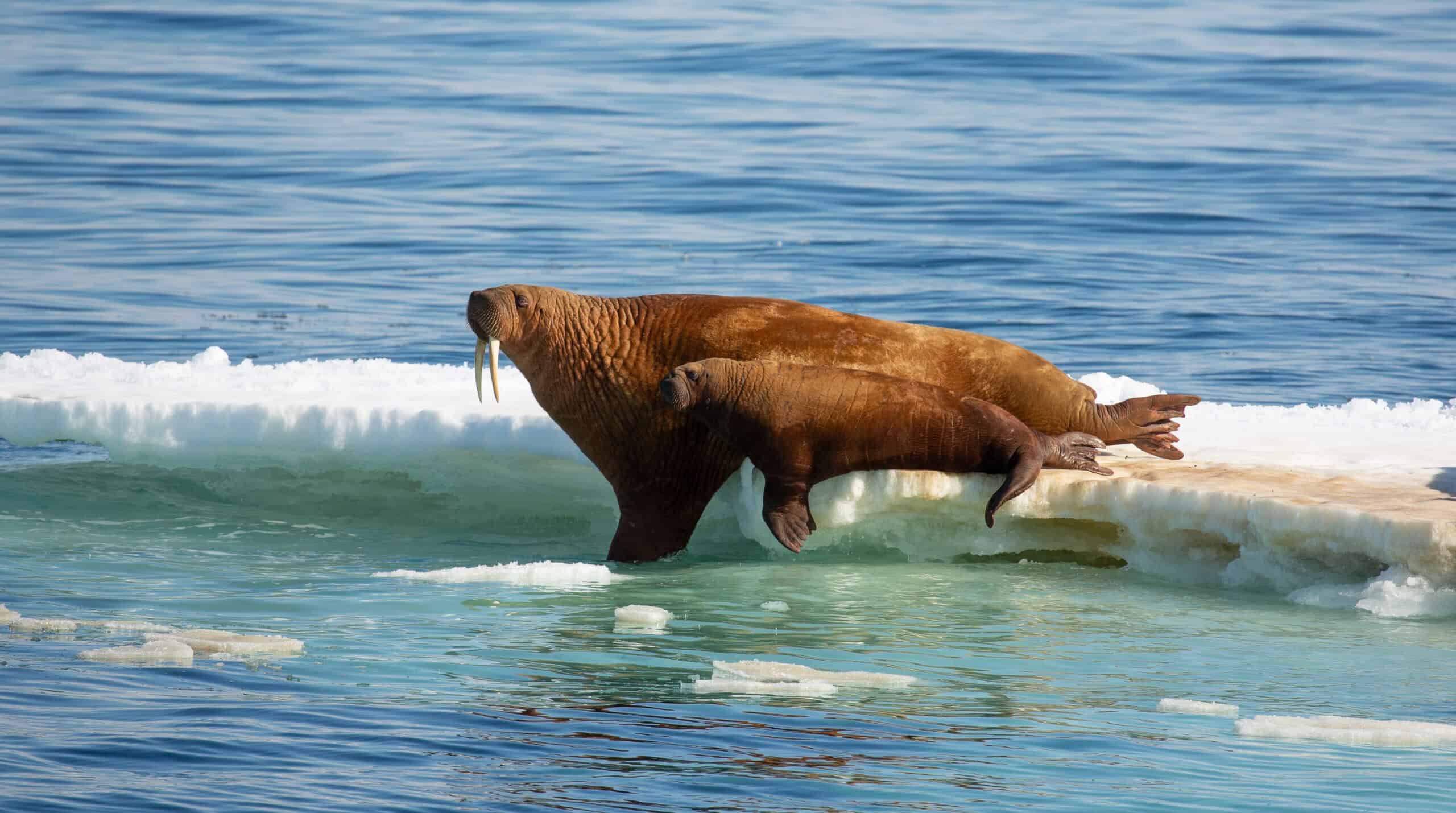Share this article
BLM prioritizes wildlife migration corridors
In light of climate change and historic drought conditions in the western U.S., the Bureau of Land Management is pledging to prioritize the restoration and conservation of wildlife on public lands.
Under a new instruction memorandum, state BLM offices will be tasked with identifying wildlife migration corridors and working to conserve or restore them to increase habitat interconnectivity. To accomplish this goal, BLM’s state directors are instructed in the memorandum to work with state fish and wildlife agencies and Tribal wildlife managers, “to assess data regarding connectivity, permeability and resilience and, based on that assessment, identify where to focus management that best supports priority species.”
Within one year, the state offices are required to inventory their public lands and identify areas of habitat connectivity, defined in the memorandum as “habitats on BLM administered public lands that support or facilitate priority species movements and other ecological processes, such as seed dispersal, migrations, and stopover sites.” Once these areas are identified, the offices will assess the connectivity between them.
The memo also calls on the agency to better incorporate consideration of habitat connectivity when renewing resource management plans and to seek alternatives for projects that might negatively affect wildlife corridors.
The recent instruction memorandum is part of larger effort in the Department of the Interior, and in the U.S. federal government as a whole, to better protect wildlife corridors. In 2018, then-Secretary of the Interior Ryan Zinke issued a secretarial order directing Interior agencies to work more closely with western states on managing habitat for big game. One of the goals of that order was to improve winter habitat and migration corridors for pronghorn (Antilocapra americana), Rocky Mountain elk (Cervus elaphus), and mule deer (Odocoileus hemionus).
More recently, the Biden Administration has included corridor restoration and protection efforts in its goal of achieving “30 by 30”—conserving 30% of lands and waters by 2030— and its corresponding America the Beautiful initiative.
This new memo comes in response to guidance Interior Secretary Deb Haaland issued in April 2022, which called on agencies to update their polices to better identify and prioritize conservation and restoration of wildlife corridors, working in partnership with state and Tribal wildlife managers and other stakeholders.
Header Image: The Bureau of Land Management is taking steps to better manage public lands under their jurisdiction for habitat connectivity. Credit: BLM OR & WA

